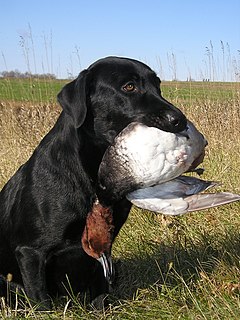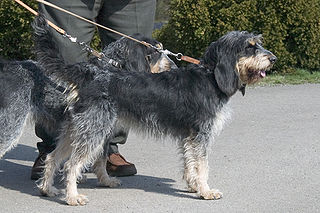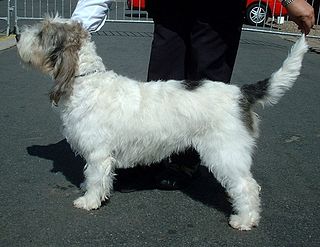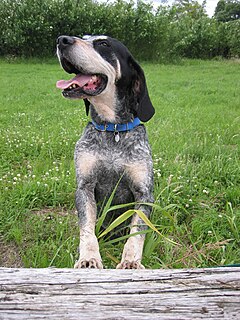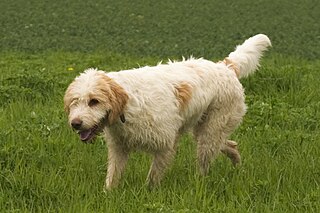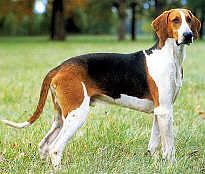| Griffon Fauve de Bretagne Fawn Brittany Griffon | |||||||||||
|---|---|---|---|---|---|---|---|---|---|---|---|
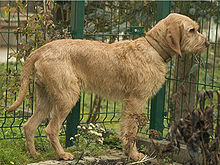 Griffon Fauve de Bretagne No. 66 | |||||||||||
| Origin | France | ||||||||||
| |||||||||||
| Domestic dog (Canis lupus familiaris) | |||||||||||
The Griffon Fauve de Bretagne (FCI No.66) translated into English as the Fawn Brittany Griffon, is a breed of dog of the scenthound type, originating in France in the region of Brittany.

A dog breed is a particular strain or dog type that was purposefully bred by humans to perform specific tasks, such as herding, hunting, and guarding. When distinguishing breed from type, the rule of thumb is that a breed always "breeds true". A dog breed will consistently produce the desireable physical traits, movement and temperament that was developed over decades of selective breeding. For each breed they recognize, kennel clubs and breed registries usually maintain and publish a breed standard which is a written description of the ideal specimen of the breed. Other uses of the term breed when referring to dogs include pure breeds, cross-breeds, mixed breeds and natural breeds.

Dog types are broad categories of domestic dogs based on form, function or style of work, lineage, or appearance. Some may be locally-adapted dog types that may have the visual characteristics of a modern purebred dog. In contrast, modern dog breeds strictly adhere to long established breed standards, that began with documented foundation breeding stock sharing a common set of inheritable characteristics, developed by long established, reputable kennel clubs that recognize the dog as a purebred.

France, officially the French Republic, is a country whose territory consists of metropolitan France in Western Europe and several overseas regions and territories. The metropolitan area of France extends from the Mediterranean Sea to the English Channel and the North Sea, and from the Rhine to the Atlantic Ocean. It is bordered by Belgium, Luxembourg and Germany to the northeast, Switzerland and Italy to the east, and Andorra and Spain to the south. The overseas territories include French Guiana in South America and several islands in the Atlantic, Pacific and Indian oceans. The country's 18 integral regions span a combined area of 643,801 square kilometres (248,573 sq mi) and a total population of 67.02 million. France is a unitary semi-presidential republic with its capital in Paris, the country's largest city and main cultural and commercial centre. Other major urban areas include Lyon, Marseille, Toulouse, Bordeaux, Lille and Nice.



